A Skull Base Chordoma with Brainstem Compression Has Been "Cured"
A Skull Base Chordoma with Brainstem Compression Has Been "Cured"
Skull base chordoma is a low-grade malignant bone-derived tumor originating from embryonic notochord remnants or ectopic notochord tissue. It typically appears in patients aged 50 to 60. The most common sites of occurrence are the two ends of the spine, with approximately 50% located in the sacrum and 35% at the skull base. Skull base chordomas are commonly found in the middle and upper two-thirds of the clivus, the sellar region, and the middle cranial fossa. Their incidence accounts for about 0.1% to 0.67% of intracranial tumors. The local recurrence rate for skull base chordoma is 68%.
Below is a successful case of carbon ion therapy for a skull base chordoma with brainstem compression from our hospital:

Auntie Qiao developed impaired movement of her right eyeball, diplopia, and photophobia three years ago. She was diagnosed with a chordoma, and her symptoms resolved after surgical treatment. The tumor recurred 4 months ago, and she underwent a second surgical procedure. Postoperatively, Auntie Qiao experienced left-sided facial paralysis, limited abduction of the left eyeball, paralysis of left-sided mastication function, deviation of the mouth corner to the healthy side, hearing impairment in the left ear, numbness in the posterior third of the tongue, and deviation of the tongue tip to the affected side. A repeat cranial MRI showed a 4.5×6.1cm×4.6cm mass at the skull base, with the lesion protruding into the cranial cavity, invading the left cavernous sinus, and encasing the internal carotid artery. Auntie Qiao said that since falling ill, she had been very careful in every aspect, paying attention to her diet, strengthening her nutrition, and focusing on exercise, but the disease kept recurring. Now her quality of life had severely declined, she felt particularly devastated, had developed resistance to surgery, and had lost confidence and motivation for treatment.

Auntie Qiao's daughter read a large amount of relevant information and understood that chordomas have low rates of complete surgical resection and are prone to recurrence, with recurrence rates ranging from 67% to 85% even in patients who undergo extensive surgical resection. Adjuvant radiotherapy has become the standard treatment for chordoma. Chordomas contain hypoxic cells, which exhibit significant radioresistance to conventional radiation, requiring very high doses to achieve the best efficacy (>60Gy). A more precise radiotherapy technology—heavy ion therapy—can improve efficacy and reduce damage to normal tissues. Heavy ion therapy can minimize adverse reactions such as pituitary dysfunction, cognitive and neurological damage, and brain radionecrosis. Heavy ion therapy is currently the best radiotherapy method for chordoma.

Auntie Qiao found a second treatment option for chordoma: carbon ion radiotherapy. Recommended by fellow patients, Auntie Qiao came to our hospital and received carbon ion therapy, with a total local tumor dose of 57Gy (RBE). After carbon ion therapy, symptoms such as facial paralysis, limited movement of the left eyeball, and mouth corner deviation improved compared to before. She remarked with emotion: "If only I had known about this radiotherapy treatment after my first surgery, the situation might be better than now. If only I had come to your hospital earlier." Now, Auntie Qiao undergoes an MRI check every 6 months. The mass has significantly reduced in size compared to before, and her quality of life has also improved markedly. During the National Day holiday, Auntie Qiao traveled to Gansu. When she came to visit us, the movement of her eyeballs was no longer restricted, the gloom in her eyes had vanished, replaced by unconcealable joy.
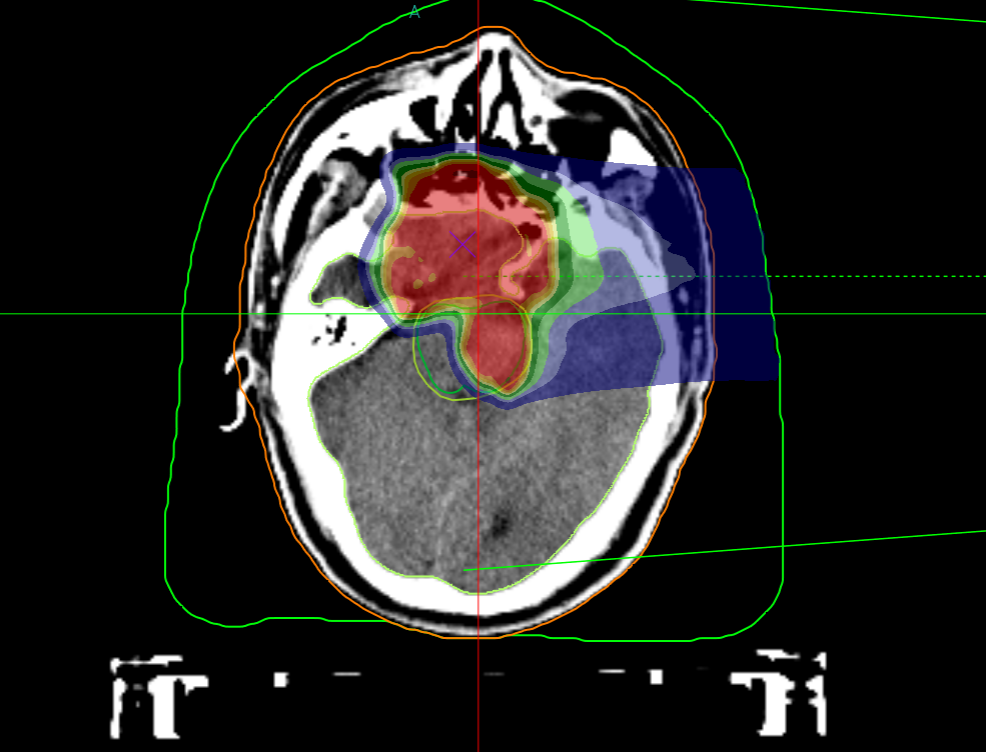
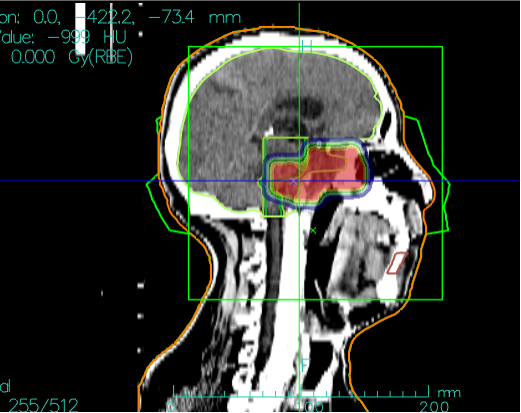
Carbon Ion Treatment Plan Dose Cloud Chart, Perfectly Protecting the Brainstem
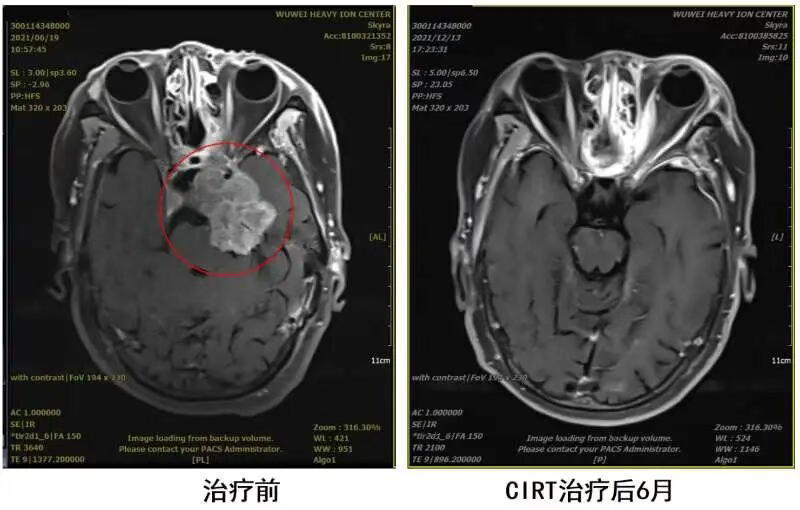
Due to the special location of skull base chordomas, they often invade and compress the brainstem. Auntie Qiao's lesion protruded into the pons. Conventional photon radiotherapy and similar methods cannot protect the brainstem, whereas heavy ions have unique physical advantages enabling precise "targeting" of the tumor. The biological advantages of heavy ions have a good effect on radiation-resistant tumors like chordomas. Auntie Qiao's skull base chordoma with brainstem compression has been "cured."
As a new radiotherapy method, heavy ion therapy has shown good results in the field of chordoma treatment, achieving favorable control rates for both intracranial and sacral chordomas, with mild acute and long-term toxicity, and effects significantly superior to conventional treatment methods. Research results show that after heavy ion therapy, the 5-year local control rate for all skull base chordoma patients was 82.4%, and the 10-year rate was 80%; the 5-year progression-free survival rate was 69.6%, and the 10-year rate was 58.7%; the 5-year survival rate was as high as 90.2%, and the 10-year rate was 68.1%.
Introduction to Wuwei Heavy Ion Center
The Heavy Ion Center of Wuwei Medical Science Academy Cancer Hospital is the first clinical application center for a China-made heavy ion system. Since its official launch for clinical application in March 2020, it has been successfully operating for 3 years. As of now, 992 patients have been treated, achieving good therapeutic outcomes for difficult lesions in areas such as the human head, pancreas, and lungs. Treated patients come from all over the country and Europe, among other places. Building on the successful operation of its third anniversary, the center is creating the nation's first tumor rehabilitation and wellness town, establishing a comprehensive, full-life-cycle health management system characterized by integrated cancer treatment, dietary management therapy, mental and physical health management, traditional Chinese medicine syndrome differentiation treatment, rehabilitation physiotherapy, biological immune cell therapy, horticultural therapy, and cultural therapy.
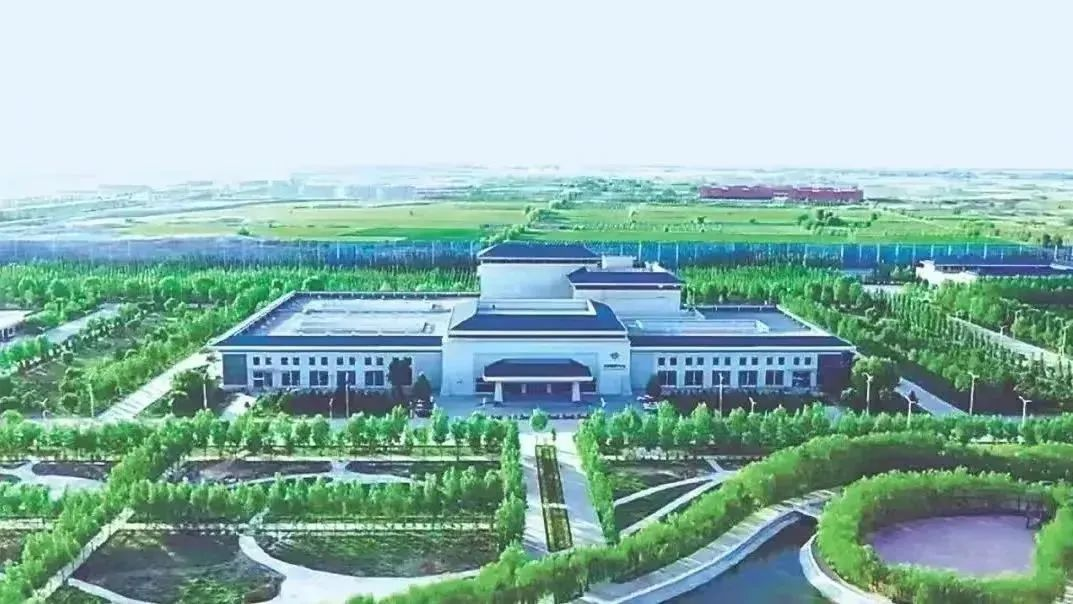
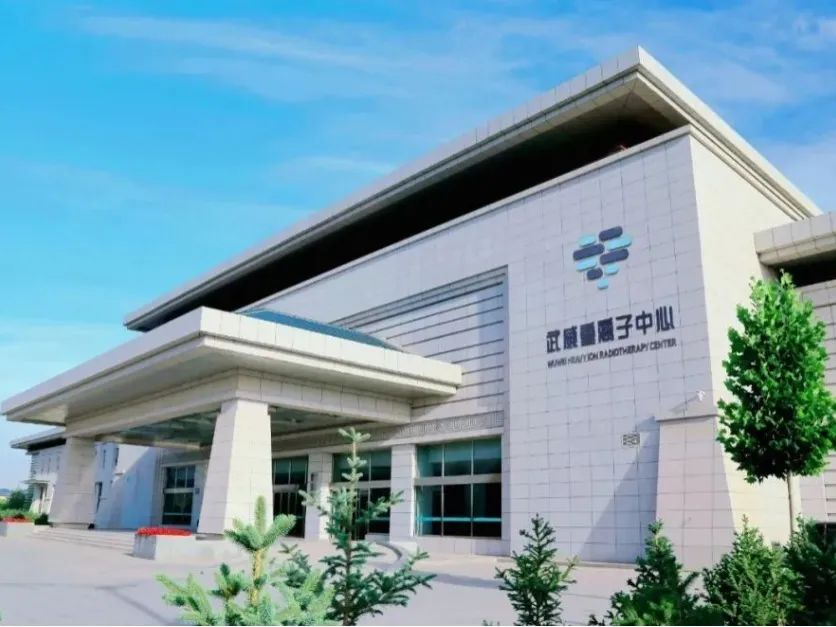

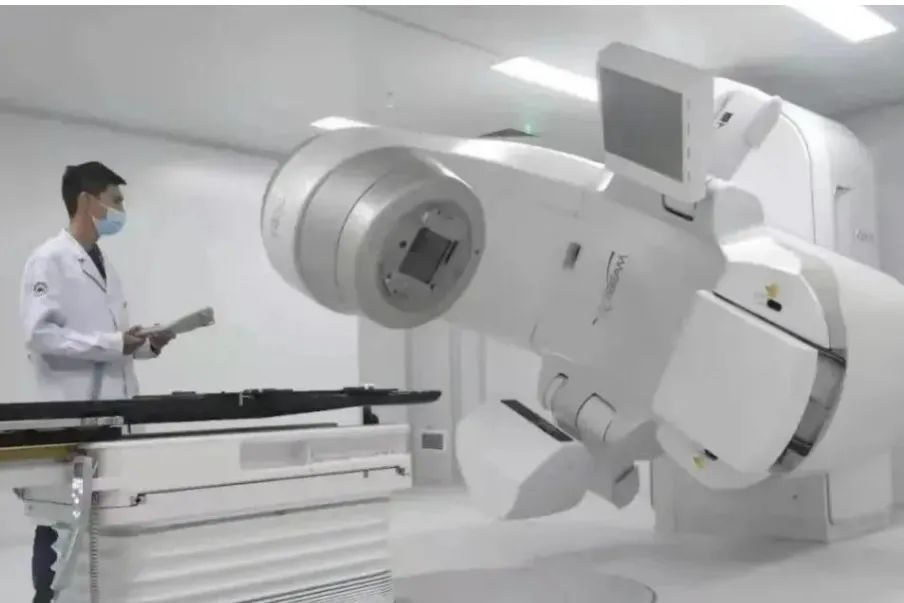
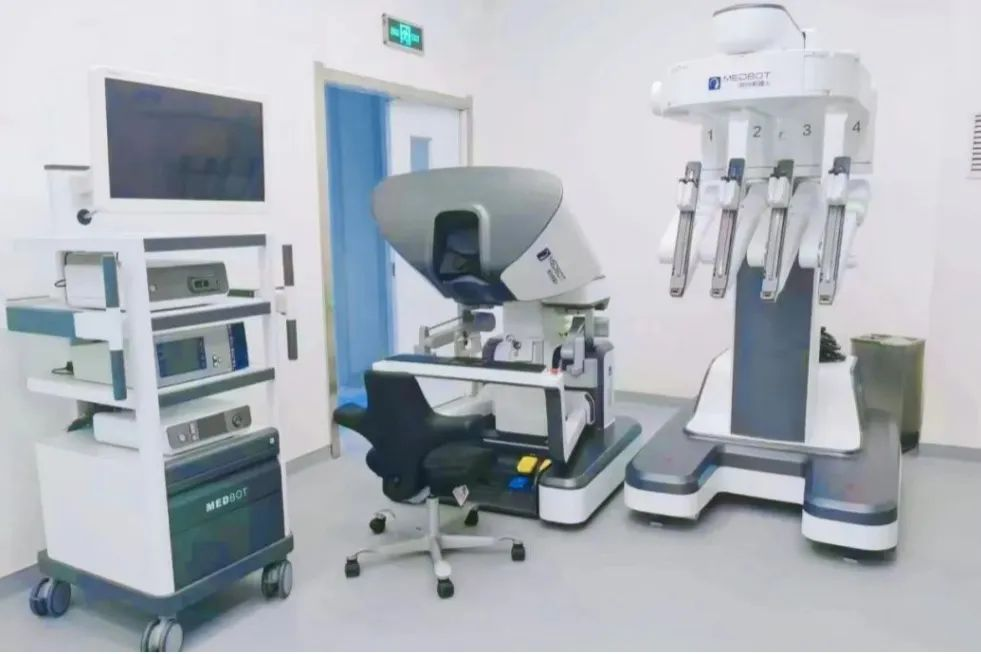

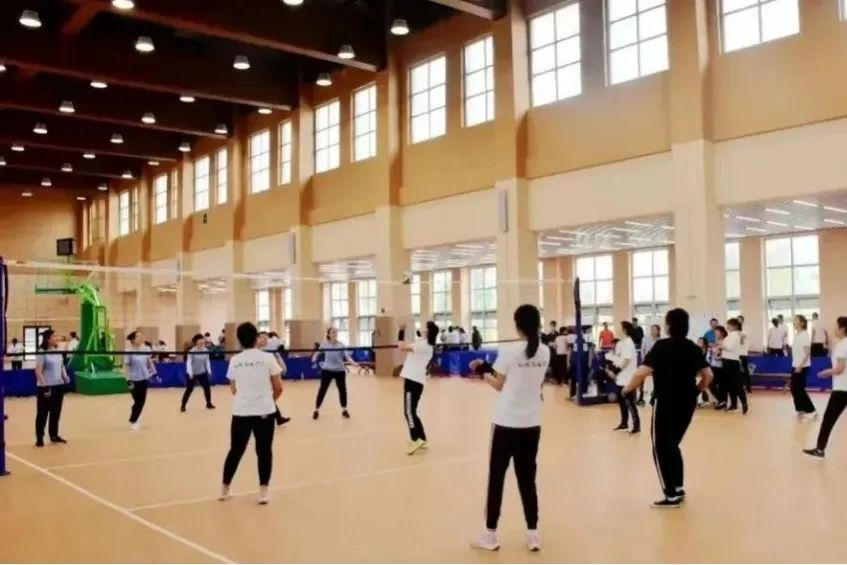


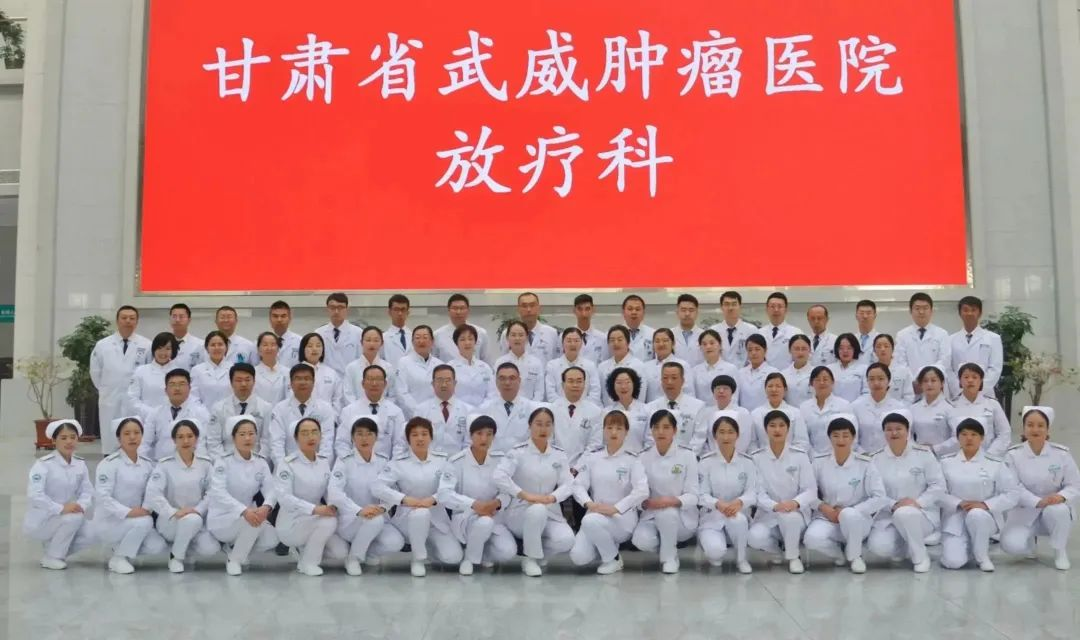
Department Introduction
The Head and Neck Tumor Heavy Ion Therapy Department (Radiotherapy Department 5) is a specialized ward integrating clinical practice, scientific research, and teaching. Main treated conditions include: meningioma, pituitary adenoma, acoustic neuroma, glioma, intracranial tumors, nasopharyngeal carcinoma, oral cancer, eye tumors, laryngeal cancer, hard palate cancer, hypopharyngeal cancer, chordoma, and lymphoma in all parts of the body.
Heavy Ion Advantageous Conditions: Head and neck malignant melanoma, head and neck sarcoma, adenoid cystic carcinoma, recurrent head and neck cancer, skull base chordoma, chondrosarcoma, glioma.
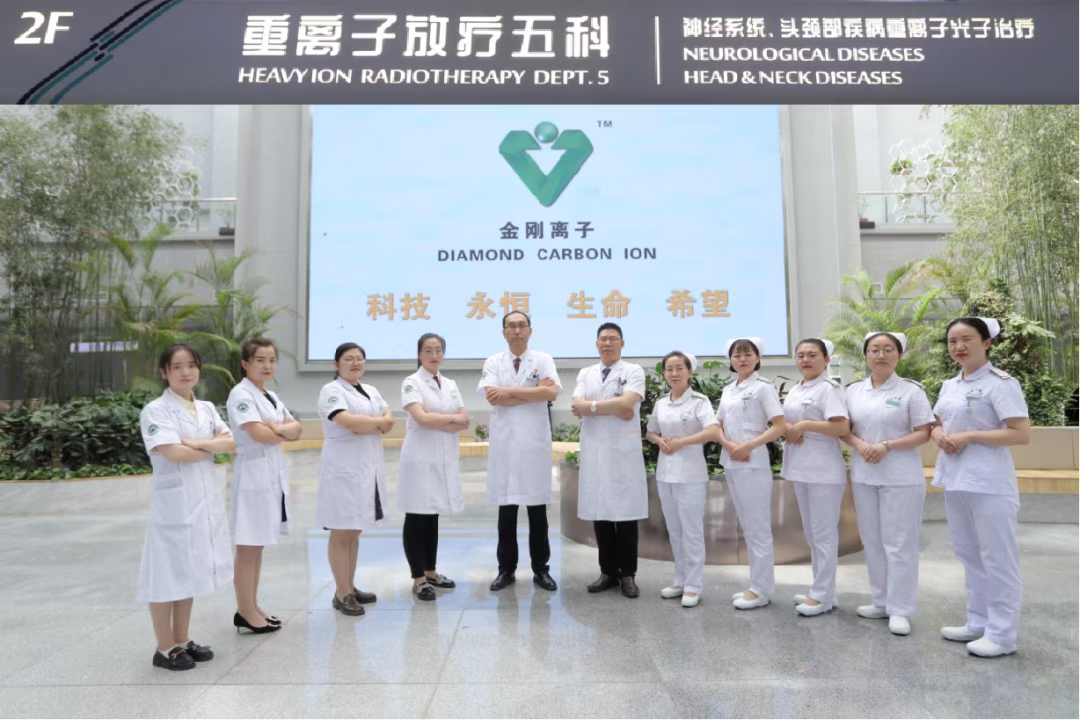
The Heavy Ion Center of Wuwei Medical Science Academy Cancer Hospital is building a domestically authoritative heavy ion radiotherapy center with independent intellectual property rights. The center boasts renowned radiotherapy experts from China and abroad who can provide patients with condition assessment and remote consultations, helping patients find the most suitable treatment plan nationwide.
